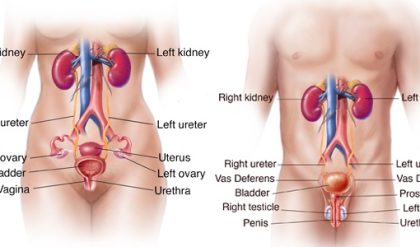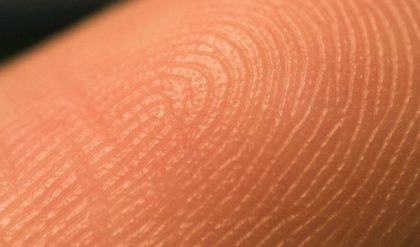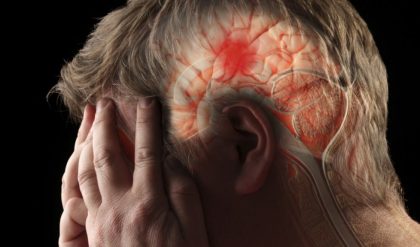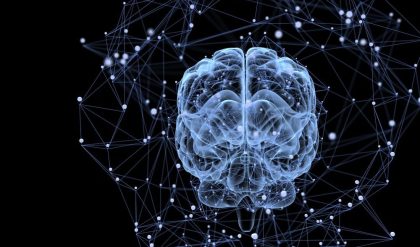Regeneration, in biology, the process by which some organisms replace or restore lost or amputated body parts.
Organisms differ markedly in their ability to regenerate parts. Some grow a new structure on the stump of the old one. By such regeneration whole organisms may dramatically replace substantial portions of themselves when they have been cut in two, or may grow organs or appendages that have been lost. Not all living things regenerate parts in this manner, however. The stump of an amputated structure may simply heal over without replacement. This wound healing is itself a kind of regeneration at the tissue level of organization: a cut surface heals over, a bone fracture knits, and cells replace themselves as the need arises.
Regeneration, as one aspect of the general process of growth, is a primary attribute of all living systems. Without it there could be no life, for the very maintenance of an organism depends upon the incessant turnover by which all tissues and organs constantly renew themselves. In some cases rather substantial quantities of tissues are replaced from time to time, as in the successive production of follicles in the ovary or the molting and replacement of hairs and feathers. More commonly, the turnover is expressed at the cellular level. In mammalian skin the epidermal cells produced in the basal layer may take several weeks to reach the outer surface and be sloughed off. In the lining of the intestines, the life span of an individual epithelial cell may be only a few days.
The motile, hairlike cilia and flagella of single-celled organisms are capable of regenerating themselves within an hour or two after amputation. Even in nerve cells, which cannot divide, there is an endless flow of cytoplasm from the cell body out into the nerve fibres themselves. New molecules are continuously being generated and degraded with turnover times measured in minutes or hours in the case of some enzymes, or several weeks as in the case of muscle proteins. (Evidently, the only molecule exempt from this inexorable turnover is deoxyribonucleic acid [DNA] which ultimately governs all life processes.)
There is a close correlation between regeneration and generation. The methods by which organisms reproduce themselves have much in common with regenerative processes. Vegetative reproduction, which occurs commonly in plants and occasionally in lower animals, is a process by which whole new organisms may be produced from fractions of parent organisms; e.g., when a new plant develops from a cut portion of another plant, or when certain worms reproduce by splitting in two, each half then growing what was left behind. More commonly, of course, reproduction is achieved sexually by the union of an egg and sperm. Here is a case in which an entire organism develops from a single cell, the fertilized egg, or zygote. This remarkable event, which occurs in all organisms that reproduce sexually, testifies to the universality of regenerative processes. During the course of evolution the regenerative potential has not changed, but only the levels of organization at which it is expressed. If regeneration is an adaptive trait, it would be expected to occur more commonly among organisms that appear to have the greatest need of such a capability, either because the hazard of injury is great or the benefit to be gained is great. The actual distribution of regeneration among living things, however, seems at first glance to be a rather fortuitous one. It is difficult indeed to understand why some flatworms are able to regenerate heads and tails from any level of amputation, while other species can regenerate in only one direction or are unable to regenerate at all. Why do leeches fail to regenerate, while their close relatives, the earthworms, are so facile at replacing lost parts? Certain species of insects regularly grow back missing legs, but many others are totally lacking in this capacity. Virtually all modern bony fishes can regenerate amputated fins, but the cartilaginous fishes (including the sharks and rays) are unable to do so. Among the amphibians, salamanders regularly regenerate their legs, which are not very useful for movement in their aquatic environment, while frogs and toads, which are so much more dependent on their legs, are nevertheless unable to replace them. If natural selection operates on the principle of efficiency, then it is difficult to explain these many inconsistencies.
Some cases are so clearly adaptive that there have evolved not only mechanisms for regeneration, but mechanisms for self-amputation, as if to exploit the regenerative capability. The process of losing a body part spontaneously is called autotomy. The division of a protozoan into two cells and the splitting of a worm into two halves may be regarded as cases of autotomy. Some colonial marine animals called hydroids shed their upper portions periodically. Many insects and crustaceans will spontaneously drop a leg or claw if it is pinched or injured. Lizards are famous for their ability to release their tails. Even the shedding of antlers by deer may be classified as an example of autotomy. In all these cases autotomy occurs at a predetermined point of breakage. It would seem that wherever nature contrives to lose a part voluntarily, it provides the capacity for replacement.
Sometimes, when part of a given tissue or organ is removed, no attempt is made to regenerate the lost structures. Instead, that which remains behind grows larger. Like regeneration, this phenomenon—known as compensatory hypertrophy—can take place only if some portion of the original structure is left to react to the loss. If three-quarters of the human liver is removed, for example, the remaining fraction enlarges to a mass equivalent to the original organ. The missing lobes of the liver are not themselves replaced, but the residual ones grow as large as necessary in order to restore the original function of the organ. Other mammalian organs exhibit similar reactions. The kidney, pancreas, thyroid, adrenal glands, gonads, and lungs compensate in varying degrees for reductions in mass by enlargement of the remaining parts.
It is not invariably necessary for the regenerating tissue to be derived from a remnant of the original tissue. Through a process called metaplasia, one tissue can be converted to another. In the case of lens regeneration in certain amphibians, in response to the loss of the original lens from the eye, a new lens develops from the tissues at the edge of the iris on the upper margin of the pupil. These cells of the iris, which normally contain pigment granules, lose their colour, proliferate rapidly, and collect into a spherical mass which differentiates into a new lens.




